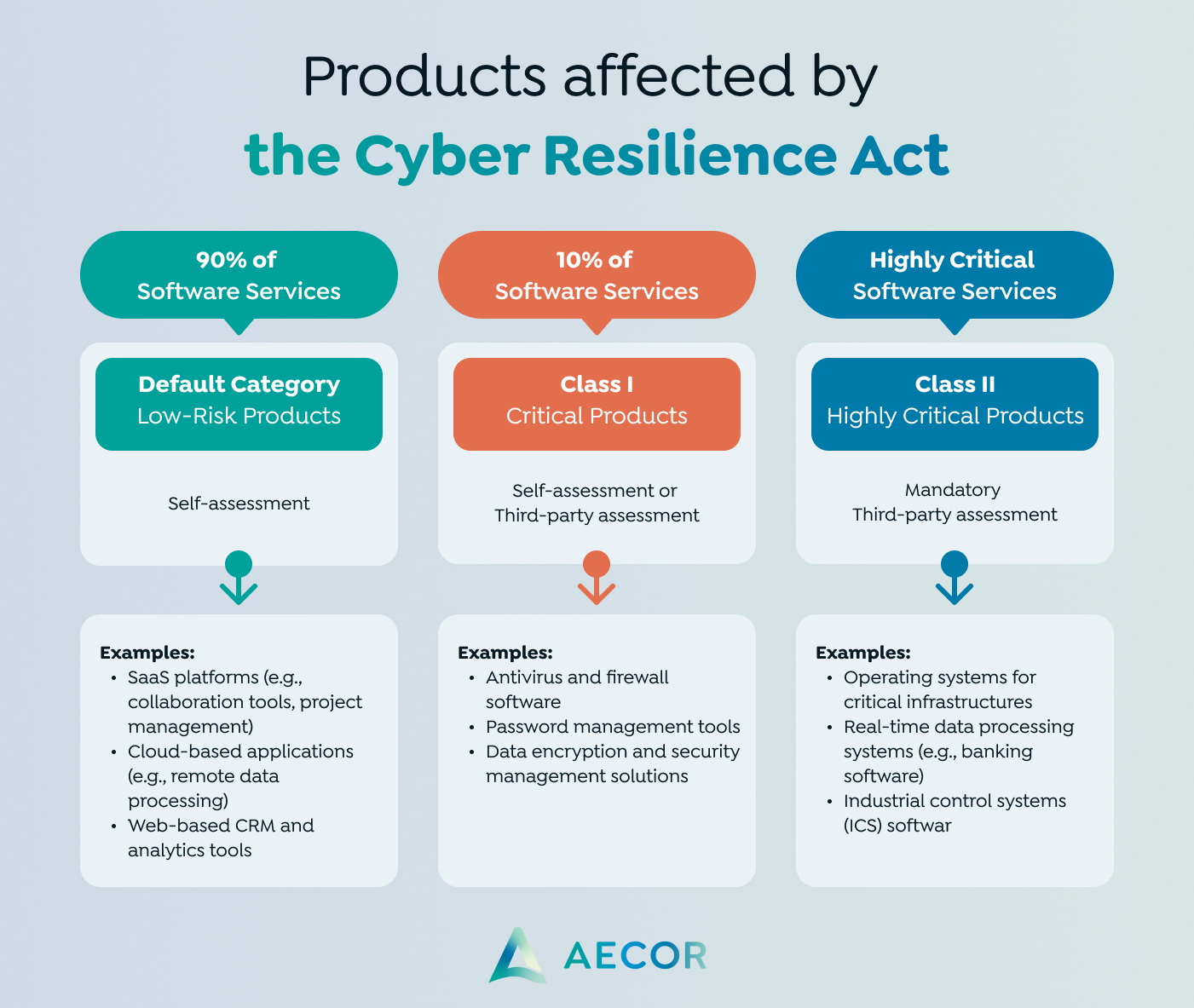Understanding the Impact of the EU Cyber Resilience Act (CRA) on Software Services

With tech moving ahead faster than ever, it’s no wonder cybersecurity is climbing the ranks of business priorities. Across the UK and Europe, companies are now feeling the push to lock down not just their own systems but also the digital products they create for customers. Enter the EU Cyber Resilience Act (EU CRA) — a big shift in how businesses, especially those in software, need to tackle cybersecurity for everything from apps to smart devices.
The EU Cyber Resilience Act (EU CRA) represents a significant shift in how businesses, particularly in the software sector, must approach cybersecurity for their digital products. This regulation introduces mandatory measures for products with digital elements (PDEs), which include software applications.
Companies providing software services in the EU or dealing with EU based clients must ensure their solutions meet these new compliance requirements. This blog will help you understand what steps to take to stay prepared.
Which Software Products Are Affected by the EU CRA?
The EU CRA applies to Products with Digital Elements (PDEs), which include any software that is connected to devices or networks. For software companies, this typically includes:
- SaaS platforms for data management or analytics.
- Cloud based applications providing remote data processing.
- Embedded software integrated into smart or connected devices.
If your software handles user data or interacts with digital devices and networks, it’s likely classified as a PDE, meaning it falls under the scope of the EU CRA. Understanding which products are affected is crucial for your business to ensure compliance.
Key Compliance Obligations for Software Providers
As a UK business providing software services, it’s essential to understand the specific obligations that might affect your products under the EU CRA. Here are the key takeaways:
- Cybersecurity Risk Assessments: Ensure that your software is designed with security in mind from the outset. This means integrating cybersecurity risk assessments during the development phase, ensuring that your software can handle data securely.
- Vulnerability Management: Software solutions must be built to allow seamless integration with third party vulnerability management systems, ensuring your products remain secure.
- Incident Reporting: Any product that experiences a security breach will require rapid reporting and updates. Developing flexible software that can quickly adapt to address incidents and security flaws is key.
Why Compliance is Critical for UK Software Companies
Even if your company doesn’t directly handle cybersecurity, understanding and meeting the EU CRA’s requirements is critical for companies looking to operate in the EU market or work with EU based clients. Compliance is not just about avoiding fines; it’s about gaining client trust and maintaining a competitive edge in a rapidly evolving market.
At Aecor Digital, our goal is to build software solutions that are ready for the security requirements imposed by the EU CRA.
Steps to Prepare for the EU CRA
To ensure your software services are ready for the EU CRA, we recommend taking the following steps:
- Assess your product portfolio: Determine which of your software solutions fall under the PDE category.
- Collaborate with cybersecurity partners: Partnering with specialised cybersecurity providers will ensure your software meets all security requirements.
- Stay updated on regulatory changes: Ensure your team is well versed in the evolving regulatory landscape to remain compliant.
By following these steps, your software company can deliver products that not only meet business needs but also comply with EU regulations, mitigating risks while building trust with clients.
At Aecor Digital, we specialise in developing tailored software solutions designed to integrate seamlessly with security protocols, ensuring your products are fully prepared to meet the requirements of the EU CRA. We help businesses build secure, flexible software that not only complies with regulations but also provides a competitive edge in the market.
Our services include:
Custom software development: We create secure, adaptable software solutions tailored to your business needs.
Mobile and web application development: Secure, scalable, and user-friendly applications built for compliance.
Ongoing support: We provide post-launch support, ensuring your software can adapt to evolving security needs and regulatory changes.
Contact Aecor Digital today to discuss how our custom software development services can support your business in navigating these regulatory changes.
What our clients say













